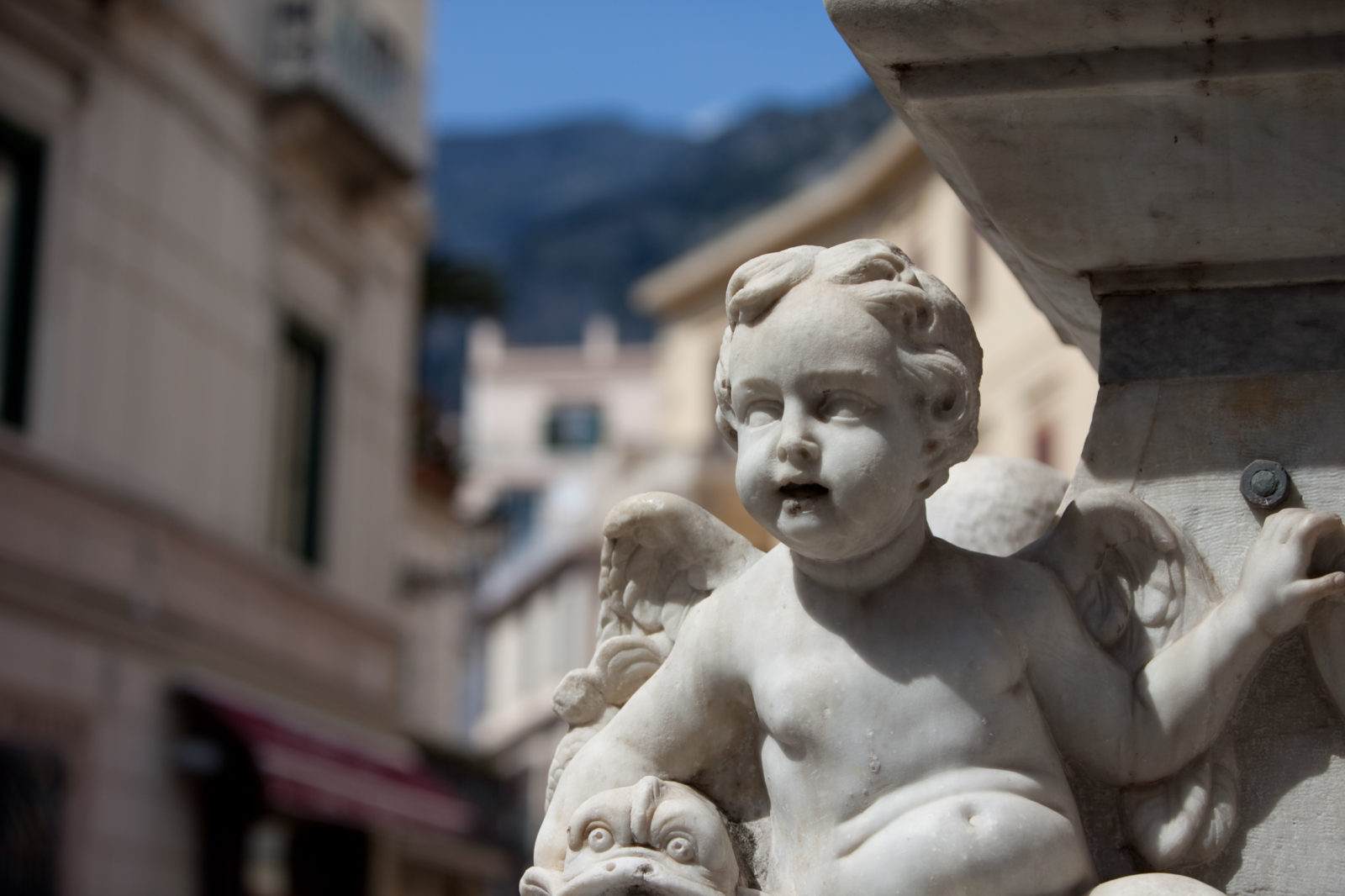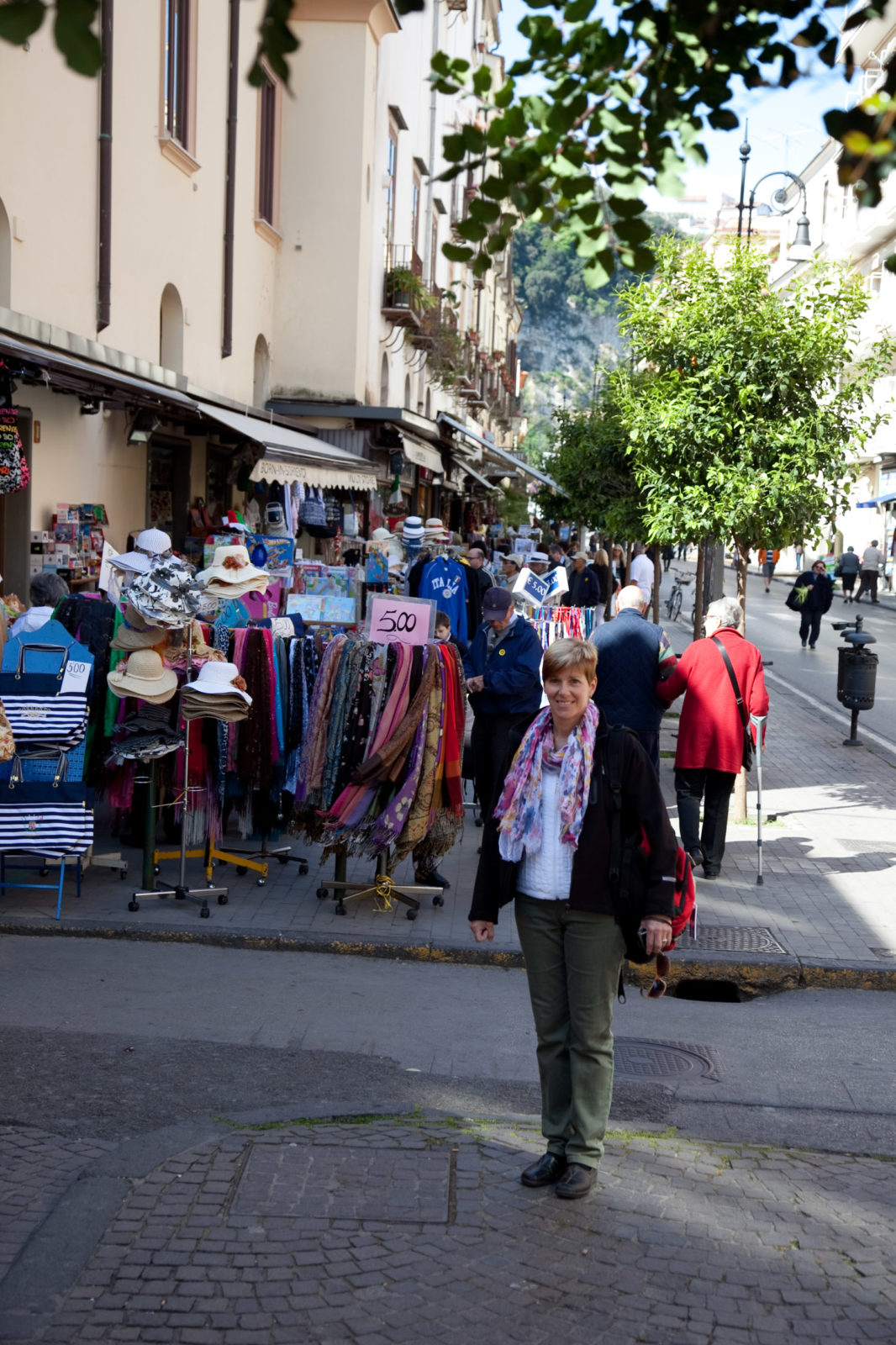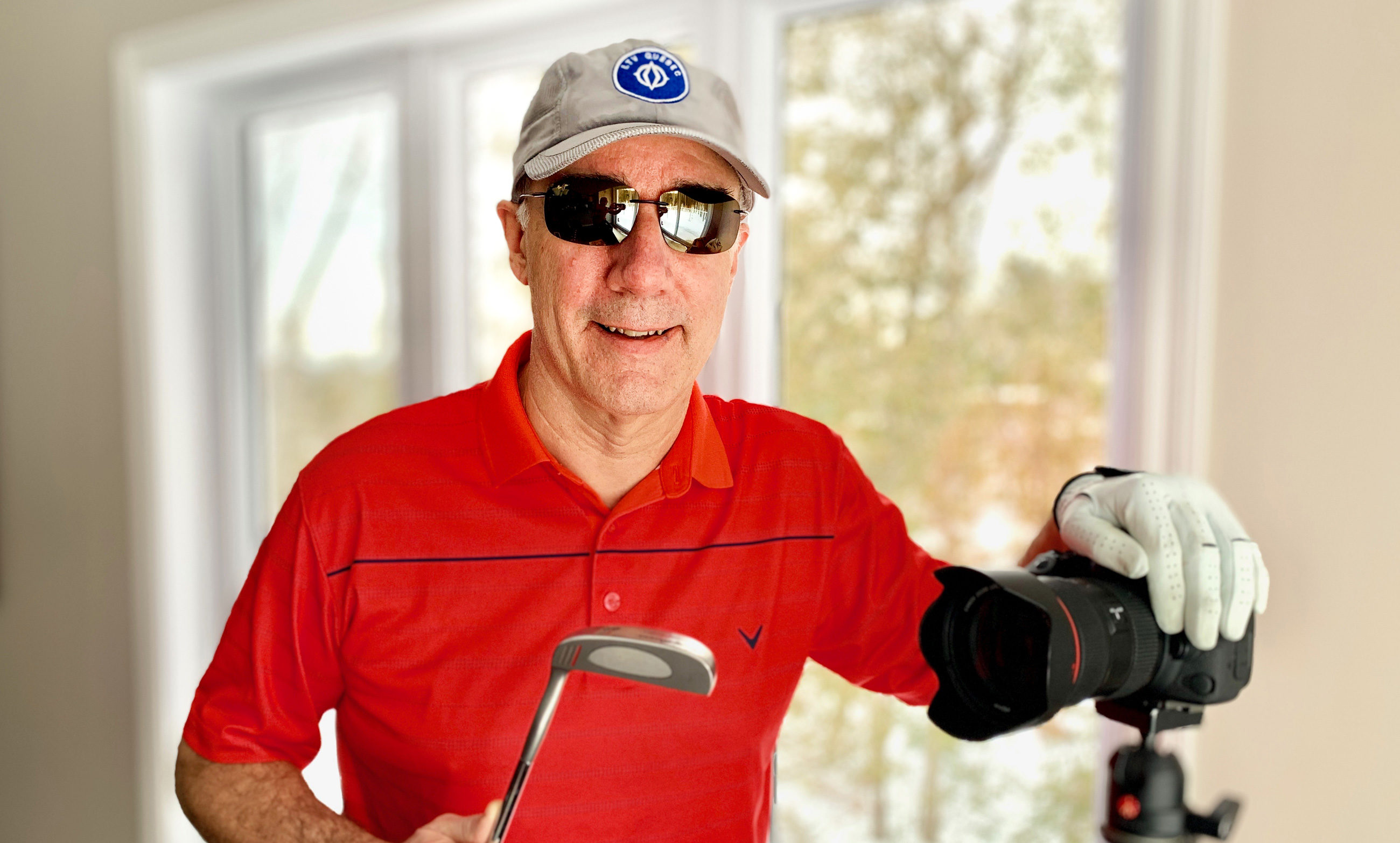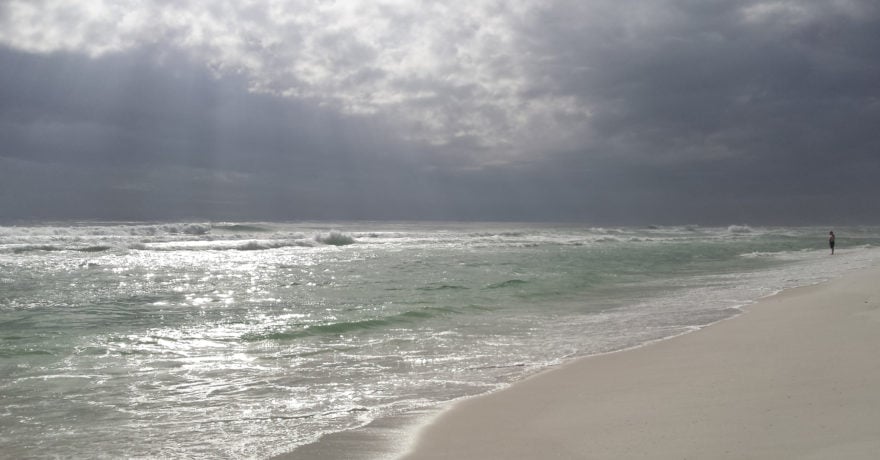What does photography have anything to do with golf you ask? Get inspired by pro golfers as they line up a putt to win it all and your travel photography will get to the next level very rapidly.
Make that putt – I mean that great image
Picture Tiger Woods at the Masters Tournament on the 18th hole — needing to sink a putt to win the tournament. Crouching down, plumb-bobbing the line, getting up and moving to survey the slope from a side angle, then viewing the putt from the opposite side of the hole, crouching down again and perhaps, if uncertain, he starts the whole process again. Finally, he addresses the ball with his putter and strokes the ball. Does he make the putt? It doesn’t matter in this example (but I bet he makes it!). My point here is that creating a beautiful image needs the same attention as Tiger’s putt, in photographic terms, we’ll call it “Working The Scene,” and it can make a world of difference in your images.
When something grabs your attention, work the scene.
When you look at other photographer’s images, you may wonder how they seem to get that beautiful and seemingly perfect shot time and time again. As a pro photographer, I can tell you that I took many pictures of a scene before getting an image that I liked. What you are not seeing are all the bad images I made while working the scene. Finding the best composition for a scene involves a lot more work than taking a quick snapshot of the scene from a single spot and moving along.
Below I will show an example of a series of images I took during a trip to Italy. In the beautiful town of Amalfi, there is a fountain in the town’s central piazza. You can imagine the thousands of pictures that are taken there every day as tourists snap away at their loved ones standing by the fountain. We all do that and that is fine as a reminder of our presence there. However, I bet no one will be handing out the World Photo Image of the Year award for that image.
What if we took the time to do as Tiger did with his putt and surveyed the fountain from all its angles? Work the scene and try different angles. Look left look right, look up look down. Are there distractions in the background? What tells the better story? If something made us stop there, our job is to find it.
After taking an obligatory snapshot of my wife Joanne standing by the fountain, that is exactly what I did. Let’s talk through this:

So we got over the “I was there” picture. In the image above, La Fontana di Sant’Andrea itself is the real star and merits a closer look, which is precisely what I did. As I took my time examining the scene, my eye got attracted by the beautiful details of this 1760 baroque creation. The image of the child angel and especially the light falling perfectly on its face will remain a lasting memory of this beautiful fountain.
However, as you will see below, I needed to adjust my position to make sure the head was clear of the cluttered background. See the difference!


Notice how I positioned myself so the head was positioned to make the eyes look into the distance, following the lines created by the balcony in the background. A very pleasing effect.
Working the scene “live” !
In the following video, we give a live example of “working the scene.” We set out to hike in Quebec’s beautiful Lower Laurentians to find an interesting subject to photograph. We donned our snowshoes in a crisp -10ºF sunshiny day and eventually found a scene that immediately caught our eye. See how we managed to make the best image of the day without freezing our gear or our noses!
Be aware of the background
As we saw in a previous series of images, the background plays a significant role in a successful image. A busy or cluttered background will distract the viewer from the main subject. In my opinion, simple backgrounds are more effective at highlighting the focal point or main subject of a photograph. Let’s look at some examples:


When to use a tripod
I know what you’re thinking. You don’t have a tripod, and most of your photos are taken with a phone. Besides, you might also say that you’re “way too impatient” to use a tripod. Today’s smartphones are incredible at taking photographs, and it will only get better with time. They are also quite apt at taking excellent images even in low light. So why should you use a tripod you ask? Here are my thoughts on this.
When “working the scene,” whether you are using a phone or any other type of camera, there comes a time when you believe you have found the ideal composition — the one that tells the story with an interesting angle and a beautiful and uncluttered background. This is the time when I would unfold the legs of my tripod and position the camera at the perfect spot for the shot. Don’t unfold the tripod at the first spot you get to. Work the scene, take handheld pictures, then once you are satisfied you have found the best option, use the tripod.
Creating an image versus taking a picture
The use of a tripod has two benefits for my photography. First, it will stabilize the camera so I can get the sharpest image possible (at the correct settings). Second, it slows down the image taking process where every move becomes more deliberate. I feel I am “creating an image” versus “taking a picture.” If the image is a winner, I feel confident that it can safely be blown up in size and framed. Imagine getting a perfect image only to discover later that it is blurry due to camera movement. So frustrating!
The tiny sensors on smartphones will render spectacular images for social media. However, they are not very good at providing the same quality as a DSLR when the image gets printed. If you are thinking at anything larger than a 4×6 print, the image gets pixelated and image/sensor flaws are obvious.
Do I use a tripod all the time? No. Sometimes carrying a big tripod on a hike is just not practical. I do carry a small version in my backpack, and it is very useful – especially for autoportraits.
If you subscribe to the idea of owning a tripod, I recommend the use of a light carbon fiber model and a smaller pocket version for your smartphone.
What moves you?
Photography and emotions are very close relatives. Looking at a scene, you may get an emotional response but you may not know why. It doesn’t matter why, but if you recognize the presence of emotion, the image you will create has a good chance of bringing emotion to the viewer.
Mostly it is a matter of taking the time to do things right. Create that epic image by thinking about the subject, the background, the lighting, the angles, and use the shape of the land and leading lines to your advantage. And remember, the secret to being a better travel photographer is to…
…take lots of photos!






Comments